Home>Storage & Organization>Kitchen Organizing Tools>How To Get Rid Of Bugs In The Litter Box
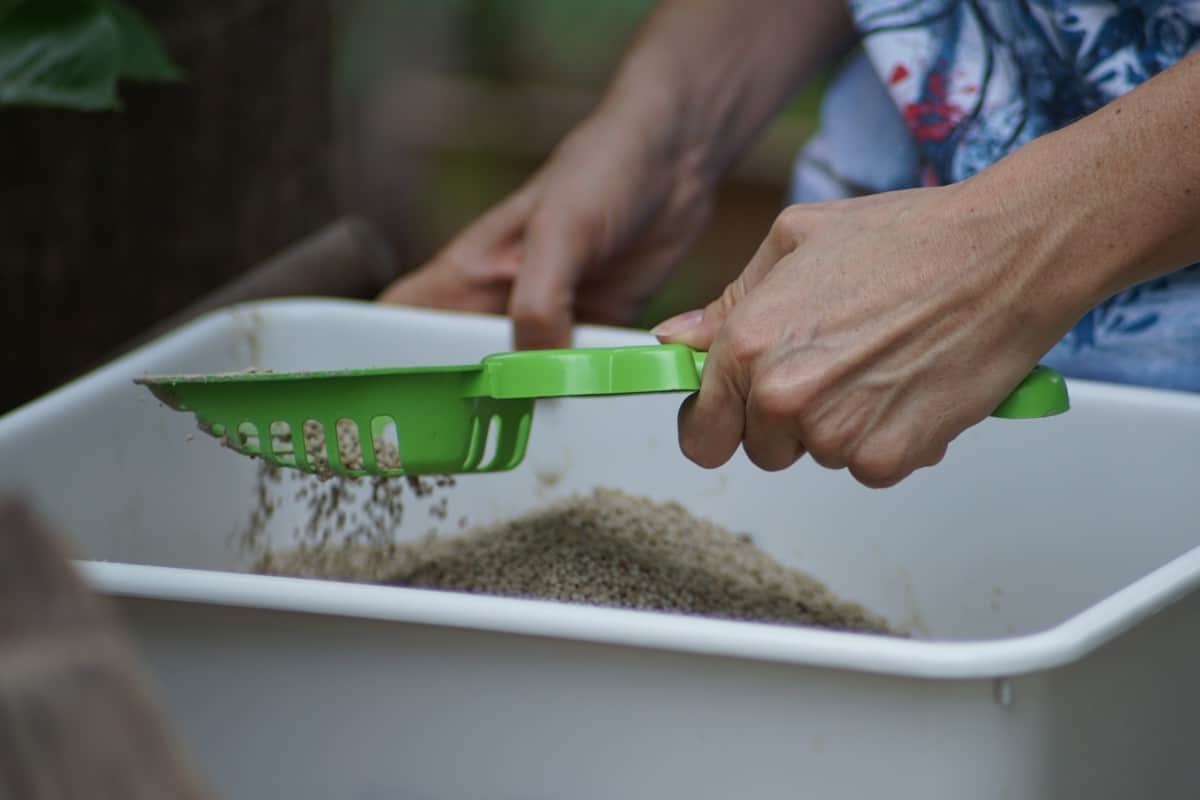

Kitchen Organizing Tools
How To Get Rid Of Bugs In The Litter Box
Modified: March 2, 2024
Discover effective kitchen organizing tools to eliminate clutter and create a tidy space. Find the best solutions for a well-organized kitchen.
(Many of the links in this article redirect to a specific reviewed product. Your purchase of these products through affiliate links helps to generate commission for Storables.com, at no extra cost. Learn more)
Introduction
Dealing with bugs in the litter box can be a frustrating and unpleasant experience for any pet owner. The presence of bugs not only compromises the hygiene of the litter box but also poses potential health risks for both pets and their human companions. Whether it's pesky flies, ants, or other unwelcome critters, finding effective solutions to eliminate bugs from the litter box is essential for maintaining a clean and healthy environment for your furry friend.
In this comprehensive guide, we will explore practical strategies and natural remedies to address the issue of bugs in the litter box. From understanding the root causes of bug infestations to implementing proactive measures, we will delve into the various steps you can take to ensure a bug-free litter box environment. By following these tips, you can create a comfortable and sanitary space for your pet while minimizing the presence of unwanted pests.
Let's embark on this journey to discover effective methods for eradicating bugs from the litter box, allowing you to provide a safe and inviting space for your beloved pet.
Key Takeaways:
- Keep the litter box clean by scooping waste daily, changing litter regularly, and using natural repellents like essential oils and citrus peels to deter bugs. Consistency is key to a bug-free environment.
- Seek professional help if bug infestations persist despite efforts. Pest control services and veterinarians can provide targeted solutions to ensure a clean and safe litter box for pets.
Read more: How To Get Rid Of Flies In The Litter Box
Understanding the problem
Dealing with bugs in the litter box can be a perplexing and exasperating issue for pet owners. The presence of bugs not only compromises the hygiene of the litter box but also poses potential health risks for both pets and their human companions. Understanding the root causes of bug infestations is crucial in effectively addressing this problem.
Bugs are attracted to the litter box due to various factors, including the accumulation of waste material, moisture, and the scent of animal waste. Flies, in particular, are drawn to the organic matter present in the litter, providing an ideal breeding ground for them. Additionally, ants may be attracted to leftover food particles or spilled litter around the box, further exacerbating the bug infestation.
It's essential to recognize that the type of bugs infesting the litter box can vary based on factors such as geographic location, climate, and the specific environment in which the litter box is situated. Understanding the behavior and preferences of the bugs invading the litter box can aid in devising targeted strategies to eliminate them effectively.
Moreover, the presence of bugs in the litter box can indicate underlying issues with the cleanliness and maintenance of the box. Accumulated waste, soiled litter, and inadequate ventilation can create an environment conducive to bug infestations. Identifying and addressing these contributing factors is vital in preventing recurring bug problems in the litter box.
By gaining a comprehensive understanding of the factors that attract bugs to the litter box, pet owners can take proactive measures to mitigate these issues and create a more hygienic and bug-free environment for their pets. This understanding serves as the foundation for implementing effective solutions to eradicate bugs from the litter box and prevent future infestations.
Keeping the litter box clean
Maintaining a clean litter box is paramount in preventing and eliminating bug infestations. Regular cleaning not only ensures a hygienic environment for your pet but also helps deter bugs from taking up residence in the litter box. Here are some essential tips for keeping the litter box clean and bug-free:
-
Frequent Scooping: Scooping the litter box at least once a day is crucial in removing waste and preventing the buildup of organic material that attracts bugs. Invest in a sturdy litter scoop and remove clumps and solid waste promptly to minimize the presence of odor and potential bug attractants.
-
Complete Litter Change: Regularly replacing the entire litter in the box is essential for maintaining cleanliness. Depending on the type of litter used and the number of cats in the household, a complete litter change should be performed every 1-2 weeks. Dispose of the used litter in sealed bags to prevent bugs from accessing the waste material.
-
Sanitizing the Box: Periodically clean the litter box with mild soap and water to remove any residual waste and odor. Avoid using harsh chemicals or strong-scented cleaners, as these may deter your cat from using the box. Ensure the box is thoroughly dried before refilling it with fresh litter.
-
Proper Ventilation: Adequate airflow around the litter box can help reduce moisture buildup, which can attract bugs. Position the litter box in a well-ventilated area and consider using a litter box with a lid and ventilation holes to promote air circulation.
-
Quality Litter: Choose a high-quality, clumping litter that effectively absorbs moisture and minimizes odor. Opt for natural, unscented litters to avoid attracting bugs with strong fragrances.
-
Regular Inspection: Routinely inspect the litter box and its surroundings for any spills, leaks, or signs of bug activity. Address any spills promptly and consider using a protective mat under the litter box to contain any scattered litter.
By implementing these practices, pet owners can maintain a clean and bug-free litter box environment, promoting the well-being of their pets and preventing bug infestations. Consistent cleanliness and proactive maintenance are key in ensuring a comfortable and inviting space for both pets and their owners.
Using natural repellents
Incorporating natural repellents can be an effective and environmentally friendly approach to deter bugs from the litter box. By harnessing the power of natural ingredients, pet owners can create a less hospitable environment for bugs while ensuring the safety of their pets. Here are several natural repellents that can help mitigate bug infestations in the litter box:
-
Essential Oils: Certain essential oils, such as lavender, peppermint, and eucalyptus, are known for their insect-repelling properties. A few drops of these oils can be added to the litter box or mixed with baking soda and sprinkled around the box to discourage bugs from lingering in the area. It's important to dilute the essential oils properly and ensure that they are safe for use around pets.
-
Diatomaceous Earth: This natural powder, derived from fossilized algae, is an effective insect repellent. Sprinkling a thin layer of food-grade diatomaceous earth around the perimeter of the litter box can create a barrier that deters bugs from entering the area. Diatomaceous earth works by dehydrating insects upon contact, making it a non-toxic and pet-safe solution.
-
Citrus Peels: The strong scent of citrus peels, such as lemon or orange, can act as a natural bug deterrent. Placing dried citrus peels near the litter box or incorporating them into the litter itself can help repel bugs while imparting a fresh aroma to the surrounding area. It's important to replace the citrus peels regularly to maintain their effectiveness.
-
Vinegar Solution: A solution of water and white vinegar can serve as a natural bug repellent. Spritzing a diluted vinegar solution around the litter box and its vicinity can help deter bugs while neutralizing odors. Vinegar is safe for pets and can be an effective tool in creating an inhospitable environment for bugs.
-
Herbs and Plants: Certain herbs and plants, such as rosemary, mint, and basil, possess natural insect-repelling properties. Placing potted herbs near the litter box or incorporating dried herbs into the litter can help discourage bugs from inhabiting the area. Additionally, the presence of these herbs can add a touch of greenery to the space.
By integrating these natural repellents into the litter box environment, pet owners can take proactive measures to deter bugs while minimizing the use of harsh chemicals. It's important to remember that consistency is key when using natural repellents, as regular application and replenishment are essential to maintain their effectiveness. With these natural solutions, pet owners can create a more pleasant and bug-resistant environment for their beloved pets.
Regularly clean and scoop the litter box to remove any waste and prevent bugs from being attracted to the area. Consider using a covered litter box to help contain odors and keep bugs out.
Regularly changing the litter
Regularly changing the litter in the litter box is a fundamental aspect of maintaining a clean and hygienic environment for your pet. The frequency of litter changes is crucial in preventing the buildup of waste material, controlling odors, and deterring bug infestations. By adhering to a consistent litter-changing routine, pet owners can ensure the well-being of their pets while minimizing the risk of bug-related issues.
The frequency of litter changes depends on various factors, including the type of litter used, the number of cats in the household, and the specific needs of the pets. As a general guideline, clumping litter should be scooped daily to remove solid waste and clumps, while non-clumping litter may require more frequent complete changes. It's essential to monitor the litter box regularly and adjust the changing schedule based on the level of usage and odor control.
When performing a complete litter change, it's important to follow a systematic process to ensure thorough cleanliness. Begin by scooping out any remaining waste and disposing of it in a sealed bag. Empty the entire contents of the litter box and use a mild soap and water solution to clean the box thoroughly. Avoid using harsh chemicals or strong-scented cleaners, as these may deter your cat from using the box. Rinse the box with clean water and ensure it is completely dry before refilling it with fresh litter.
Selecting the right type of litter is also crucial in maintaining a clean and bug-free environment. High-quality clumping litters are effective in absorbing moisture and controlling odors, making them a popular choice for many pet owners. Additionally, natural, unscented litters are preferred to avoid attracting bugs with strong fragrances. Consider experimenting with different types of litter to find the most suitable option for your pet and household.
In multi-cat households, it's important to provide an adequate number of litter boxes to accommodate all the cats. The general recommendation is to have one litter box per cat, plus an additional box to ensure that each cat has access to a clean and private elimination area. By providing sufficient litter boxes and maintaining a consistent litter-changing schedule, pet owners can minimize the risk of bug infestations and create a comfortable environment for their pets.
By prioritizing regular litter changes and adhering to best practices in litter box maintenance, pet owners can effectively mitigate bug infestations and ensure a clean and inviting space for their beloved pets. Consistency and attention to detail in litter management are essential in promoting the well-being of pets and preventing bug-related issues in the household.
Seeking professional help if necessary
In some cases, despite diligent efforts to address bug infestations in the litter box, pet owners may encounter persistent or severe bug-related issues that require professional intervention. When conventional methods and natural remedies prove ineffective in eradicating bugs from the litter box, seeking the expertise of a professional pest control service or veterinarian becomes essential in resolving the problem.
Professional pest control services specialize in identifying, managing, and eliminating various types of pest infestations, including those affecting pet environments. These professionals possess the knowledge, tools, and experience to assess the extent of bug infestations in the litter box and implement targeted strategies to eradicate the pests effectively. By enlisting the services of a reputable pest control provider, pet owners can gain access to comprehensive solutions tailored to their specific bug-related challenges.
Moreover, veterinarians can offer valuable insights and recommendations for addressing bug infestations in the litter box, particularly if the presence of bugs poses health risks to pets or if pets exhibit adverse reactions to bug repellents or treatments. Veterinarians can assess the impact of bug infestations on pets' well-being, provide guidance on selecting pet-safe bug control products, and offer medical support if pets experience bug-related health issues.
When considering professional assistance, pet owners should prioritize providers with expertise in pet-friendly pest control methods and a commitment to environmental safety. It's essential to communicate any concerns about pets' well-being and potential sensitivities to bug control treatments to ensure that the chosen professionals approach the situation with a focus on pet safety and welfare.
In instances where bug infestations in the litter box persist despite diligent efforts and the implementation of natural repellents and cleaning routines, professional intervention can offer a decisive and effective resolution. By collaborating with experienced pest control professionals and veterinarians, pet owners can address bug-related challenges comprehensively, safeguard the well-being of their pets, and restore a hygienic and bug-free environment in the litter box.
Seeking professional help when necessary demonstrates a proactive and responsible approach to addressing bug infestations, prioritizing the health and comfort of pets, and ensuring a clean and inviting living space for both pets and their human companions.
Conclusion
In conclusion, addressing bug infestations in the litter box is a multifaceted endeavor that requires a combination of proactive measures, natural remedies, and, if necessary, professional assistance. By understanding the factors that attract bugs to the litter box and implementing targeted strategies, pet owners can create a clean, hygienic, and bug-free environment for their beloved pets.
Maintaining a clean litter box through regular scooping, complete litter changes, and proper sanitation is foundational in deterring bugs and promoting the well-being of pets. The use of natural repellents, such as essential oils, diatomaceous earth, and citrus peels, offers an eco-friendly approach to discouraging bug infestations while ensuring the safety of pets. Additionally, prioritizing the selection of high-quality, unscented litter and providing adequate ventilation around the litter box are essential in mitigating bug-related challenges.
Regularly changing the litter and adhering to best practices in litter box maintenance are crucial in preventing the buildup of waste material and controlling odors, thereby minimizing the risk of bug infestations. By establishing a consistent litter-changing routine and providing an appropriate number of litter boxes in multi-cat households, pet owners can create a comfortable and inviting space for their pets while reducing the likelihood of bug-related issues.
In cases where bug infestations persist despite diligent efforts, seeking professional help from pest control services or veterinarians becomes imperative. Professional intervention can provide targeted solutions and expert guidance tailored to the specific bug-related challenges encountered in the litter box, ensuring a comprehensive and effective resolution.
By addressing bug infestations in the litter box proactively and responsibly, pet owners can safeguard the health and comfort of their pets while fostering a clean and harmonious living environment. The successful eradication of bugs from the litter box not only promotes the well-being of pets but also enhances the overall hygiene and comfort of the household.
In essence, by integrating the insights and strategies outlined in this guide, pet owners can effectively eliminate bugs from the litter box, creating a safe, clean, and inviting space for their cherished companions. Through a combination of diligence, natural remedies, and, if needed, professional support, pet owners can overcome bug-related challenges and provide a hygienic and bug-free environment for their pets to thrive.
Frequently Asked Questions about How To Get Rid Of Bugs In The Litter Box
Was this page helpful?
At Storables.com, we guarantee accurate and reliable information. Our content, validated by Expert Board Contributors, is crafted following stringent Editorial Policies. We're committed to providing you with well-researched, expert-backed insights for all your informational needs.
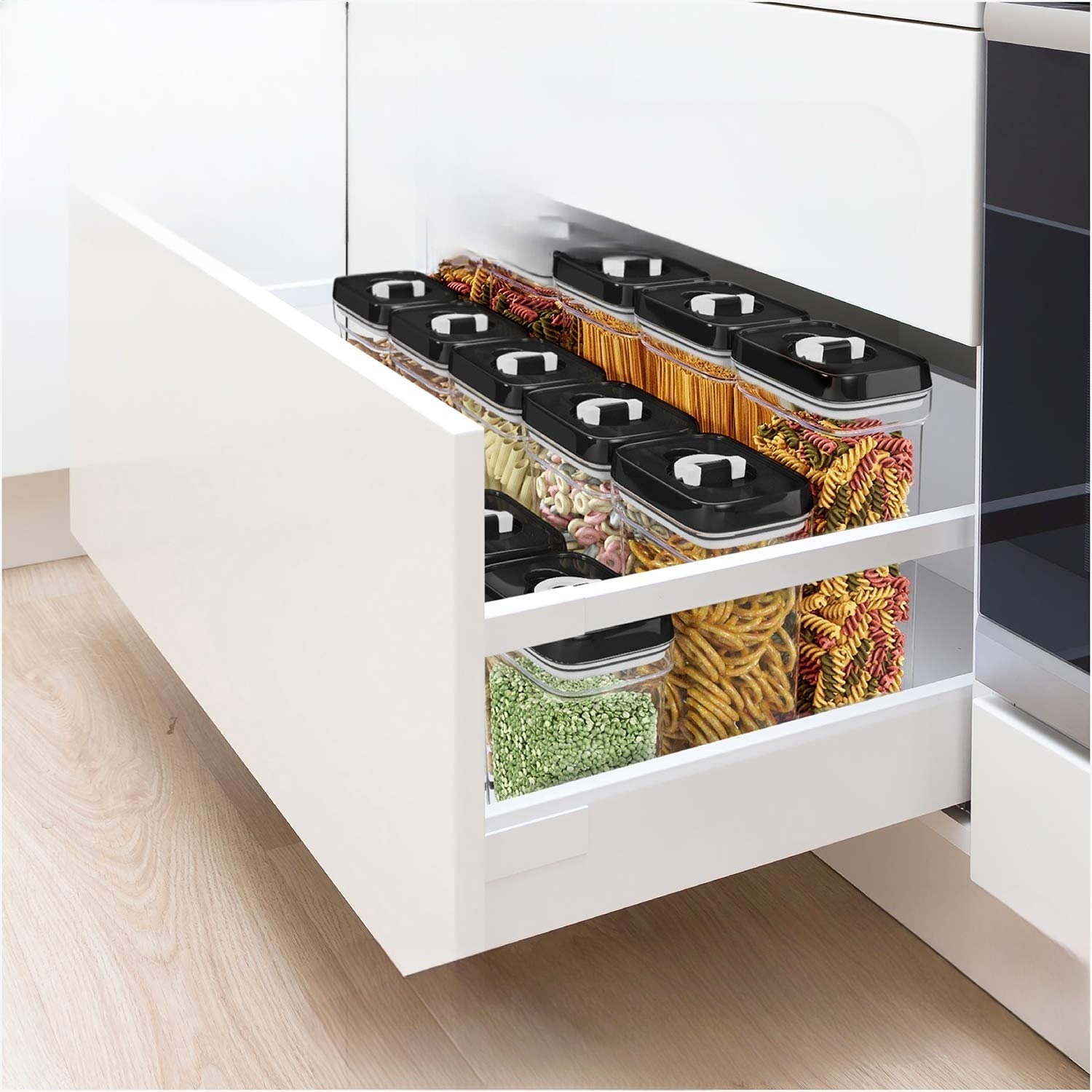
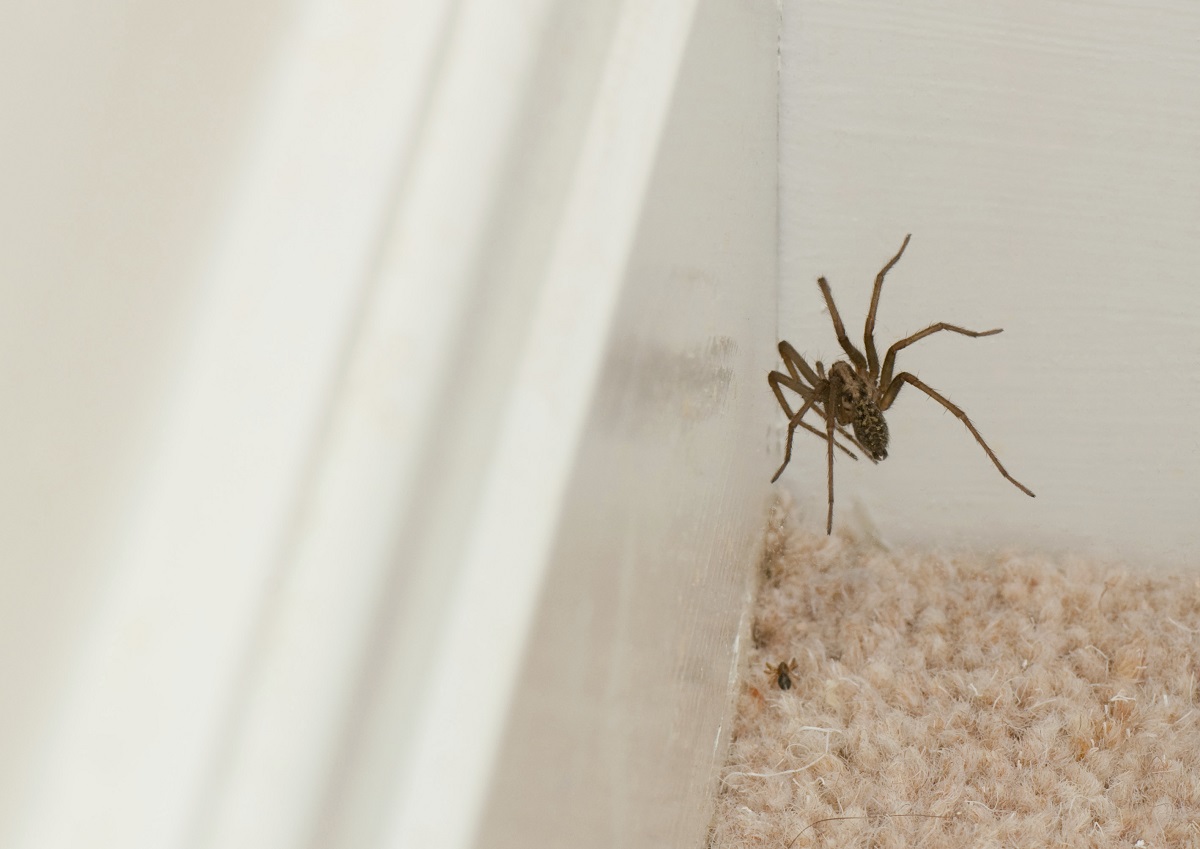
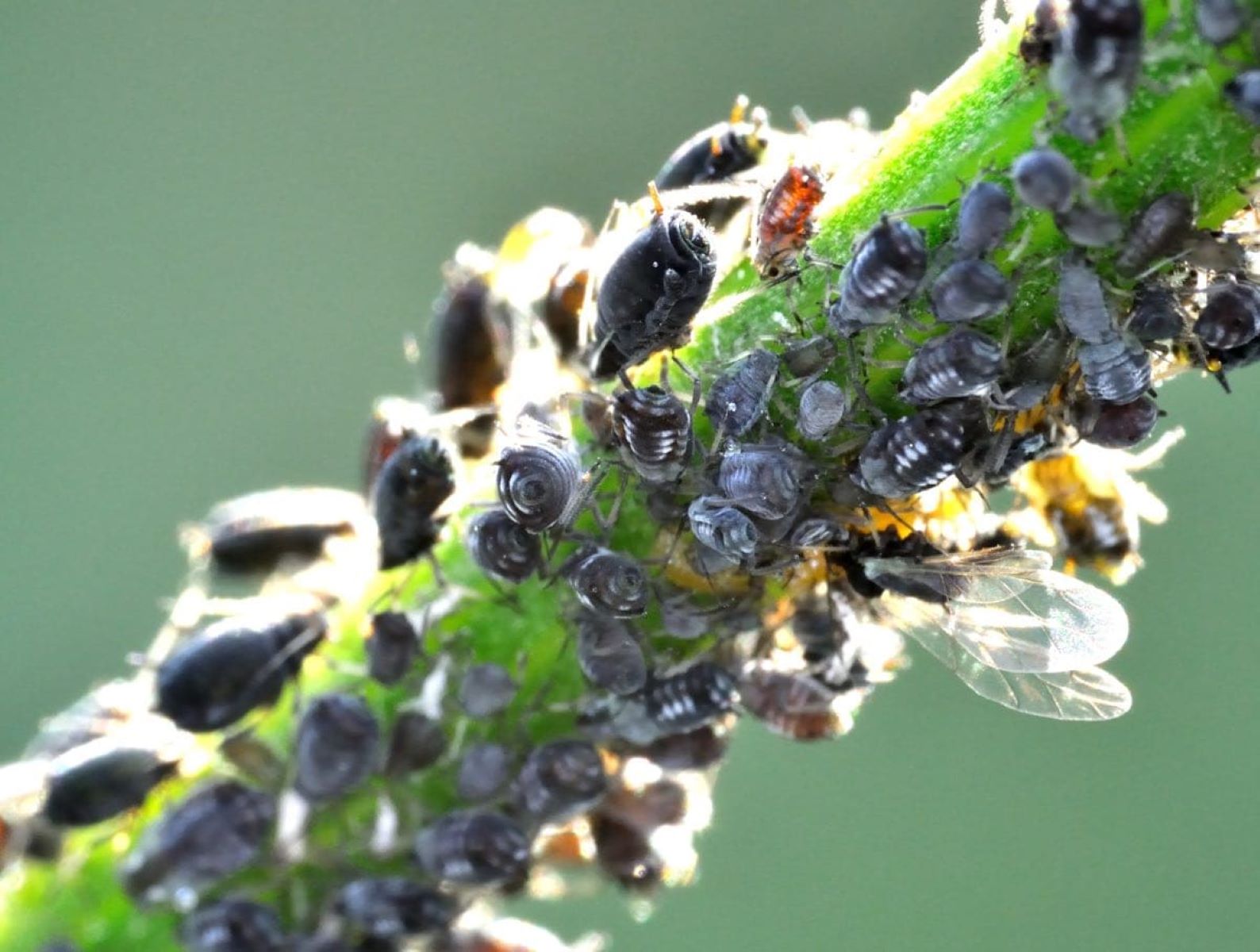

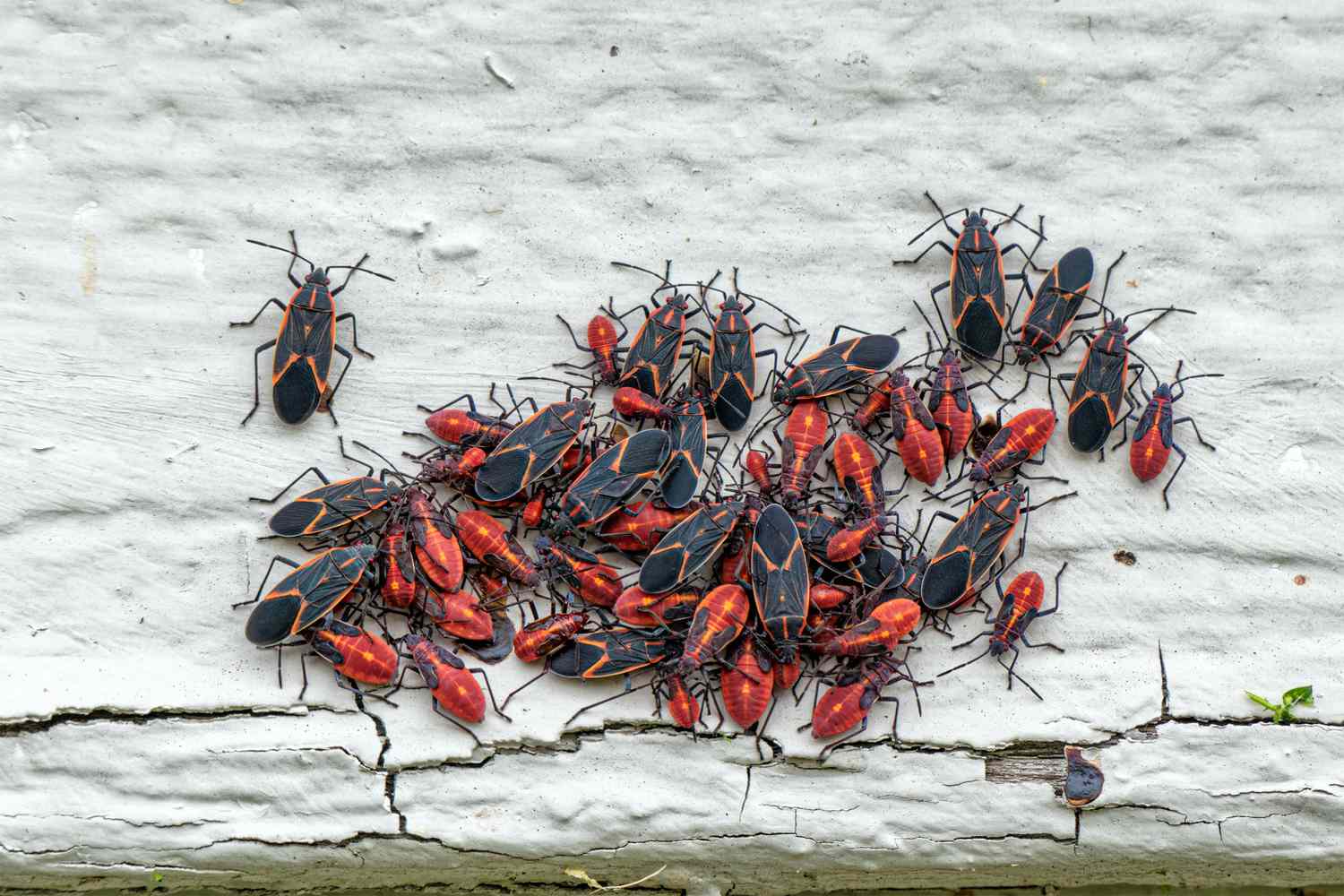
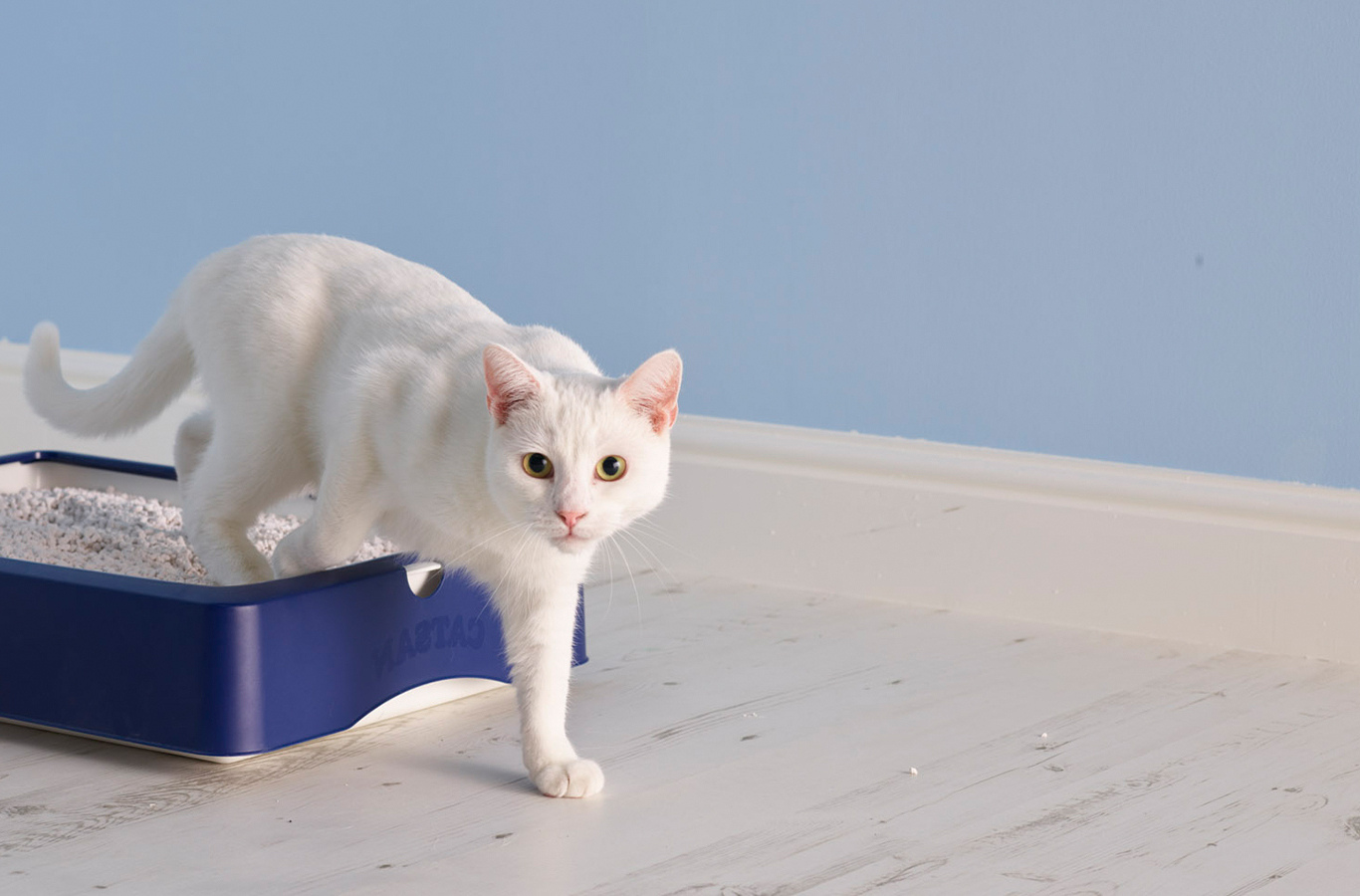

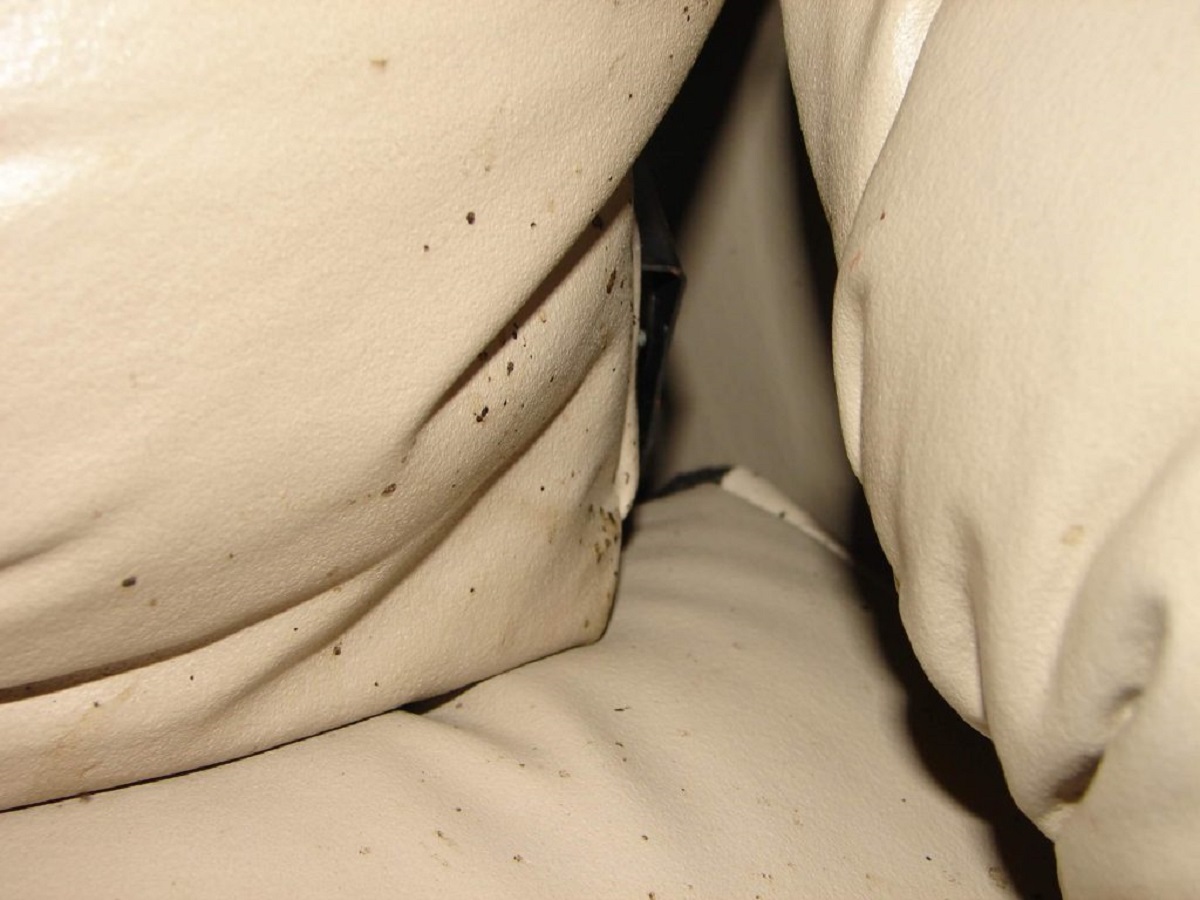

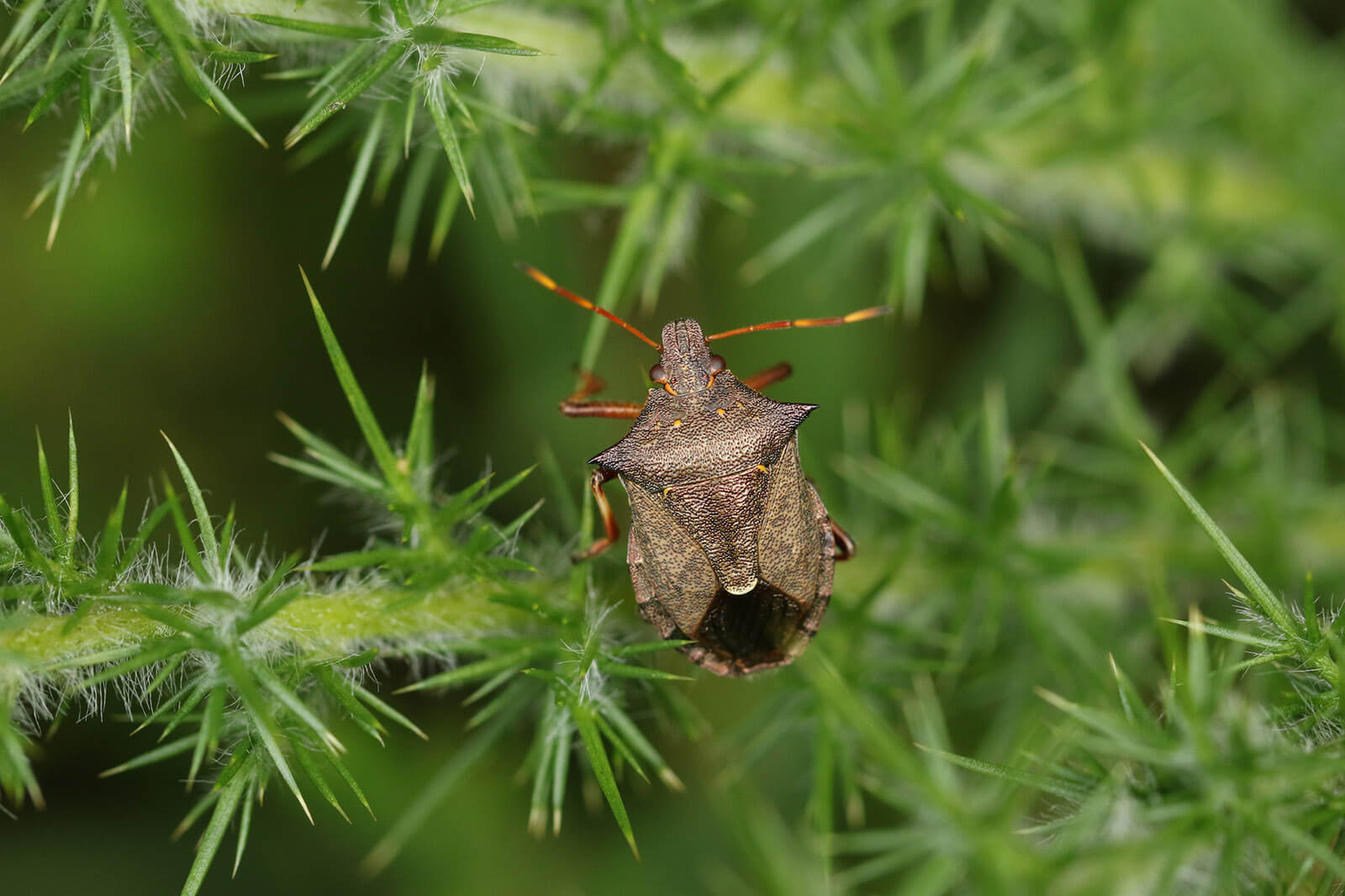

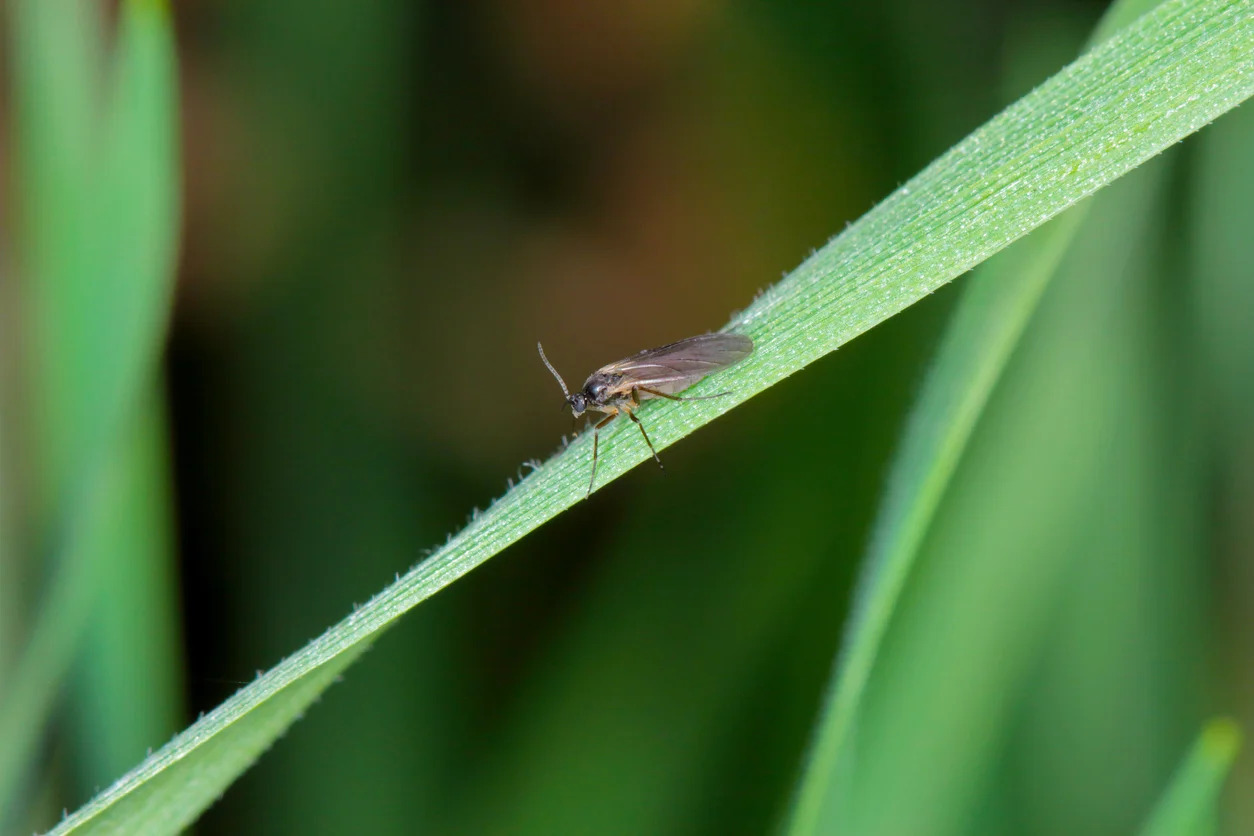
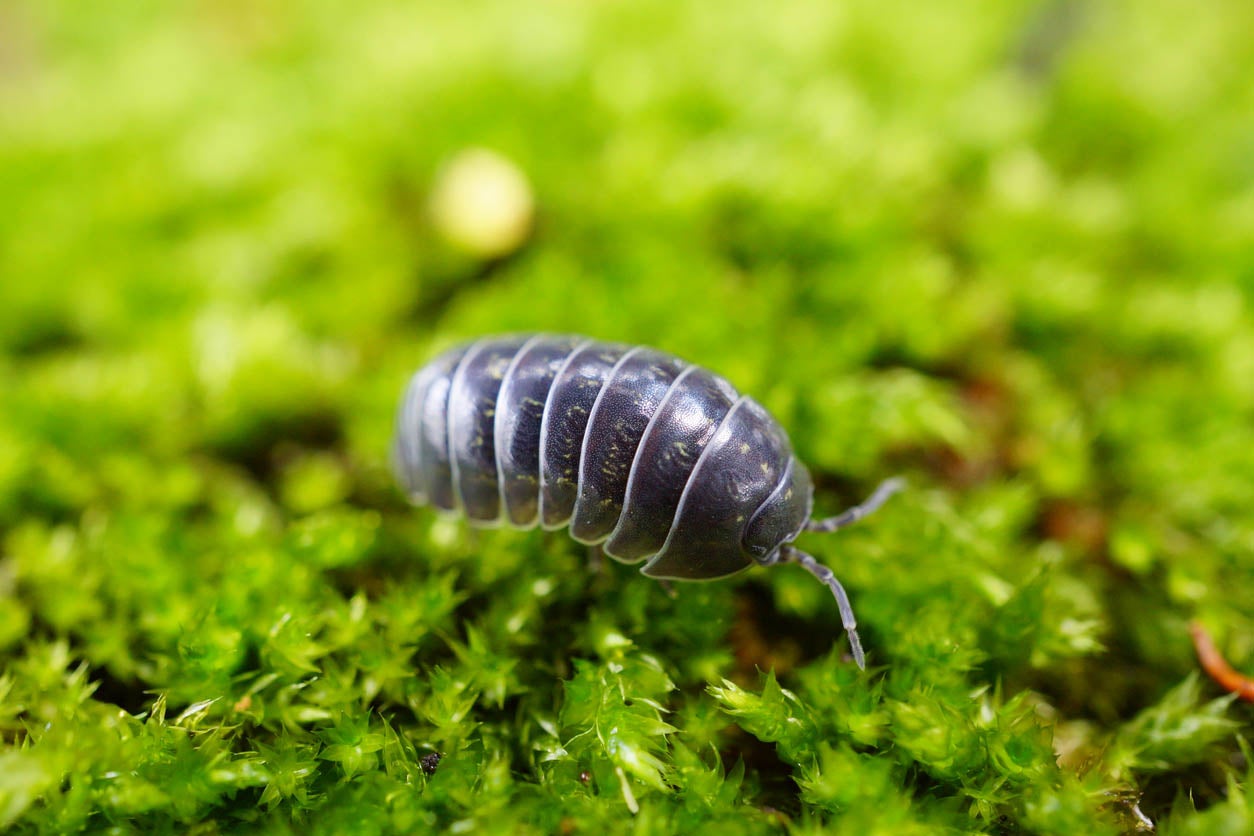
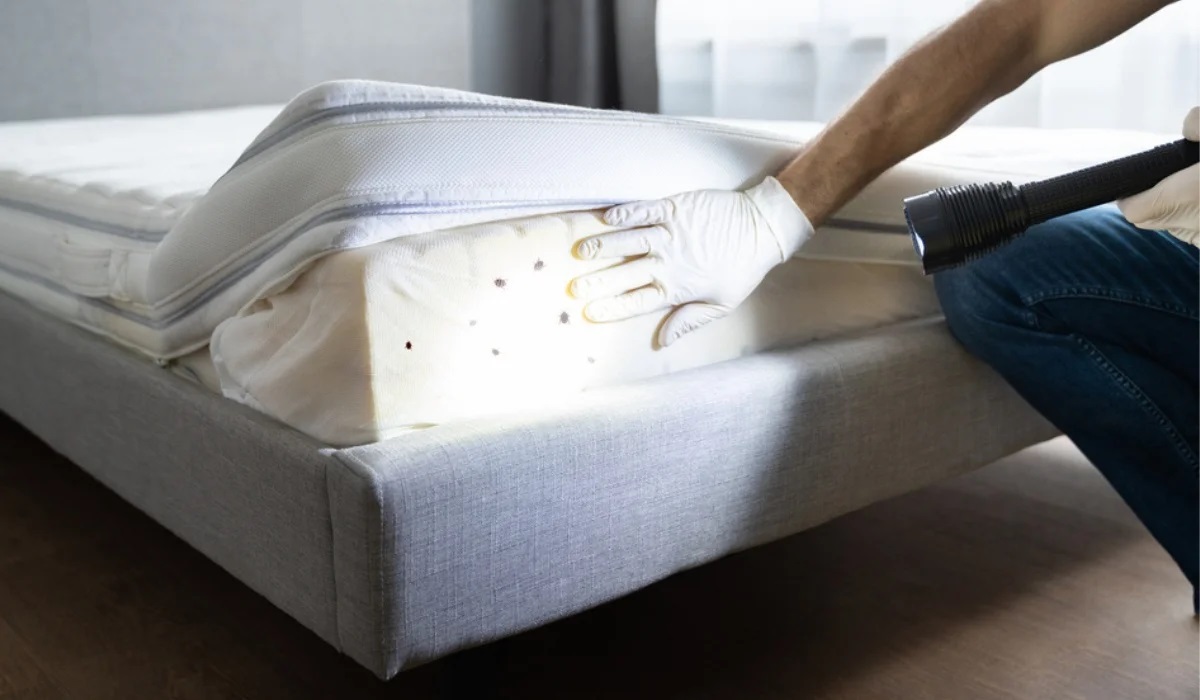

0 thoughts on “How To Get Rid Of Bugs In The Litter Box”